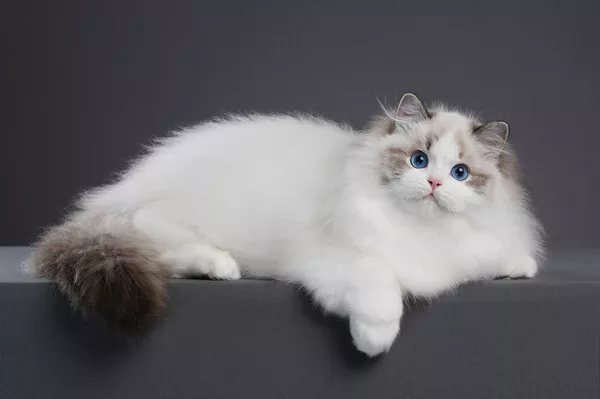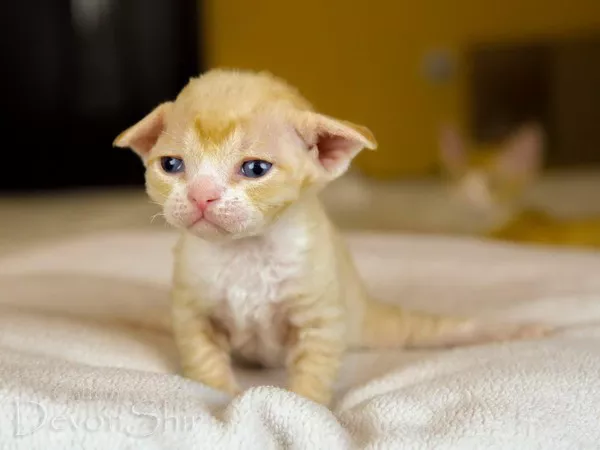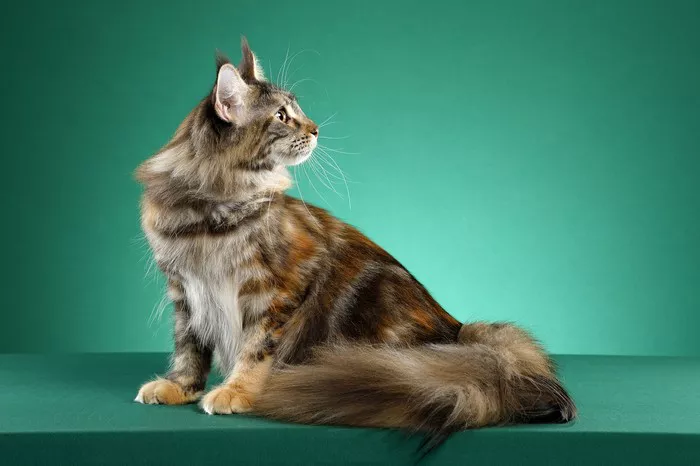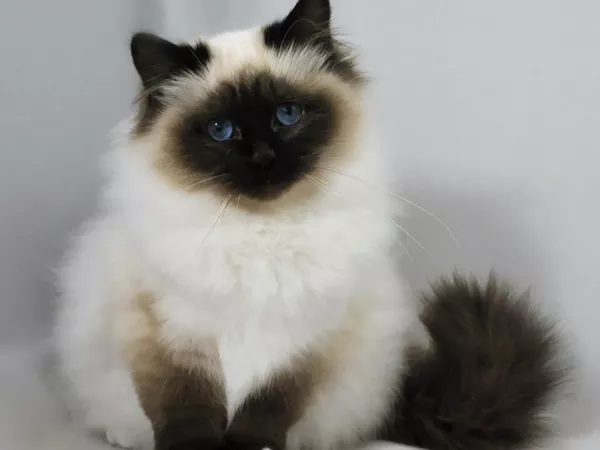Pet owners often find themselves in a common conundrum – can their feline companions indulge in the same food as their canine counterparts? While both cats and dogs share our homes and hearts, their nutritional needs differ significantly. In this comprehensive guide, we will explore the intricacies of feline and canine diets, answering the question: Can cats eat dog food? Understanding the distinctions is crucial for ensuring the optimal health and well-being of our beloved pets.
The Feline and Canine Dietary Divide:
Carnivores vs. Omnivores: Cats are obligate carnivores, meaning their diet primarily consists of meat. On the other hand, dogs are omnivores, capable of digesting a more diverse range of foods, including plant-based ingredients.
Taurine Requirement: Taurine, an essential amino acid, is critical for feline health. Unlike dogs, cats cannot synthesize sufficient taurine from other amino acids, making it a vital component in their diet.
Protein Variations: Cats require higher levels of protein in their diet compared to dogs. Protein is essential for muscle development, and feline bodies are adapted to efficiently process animal-based proteins.
Key Nutritional Differences:
Taurine Content: As mentioned, taurine is a key differentiator. While dog food may contain some taurine, it is often not at the levels required for feline health. Prolonged consumption of dog food lacking adequate taurine can lead to severe health issues in cats.
Protein Quality: Cats thrive on high-quality, animal-based proteins. Dog food may contain more plant-based proteins, which may not fulfill the specific protein requirements of felines.
Vitamin A: Cats need preformed vitamin A (retinol) in their diet, as they cannot efficiently convert beta-carotene (found in plants) into the active form of vitamin A. Dog food may not always provide the necessary preformed vitamin A for cats.
Arachidonic Acid: Felines require arachidonic acid, an essential fatty acid, in their diet. Dog food may lack sufficient amounts of this crucial nutrient for cats.
The Risks of Feeding Cats Dog Food:
Taurine Deficiency: One of the primary risks associated with feeding cats dog food is taurine deficiency. Taurine is essential for heart health, and a deficiency can lead to serious conditions, including dilated cardiomyopathy.
Protein Insufficiency: Dog food may not meet the elevated protein needs of cats. Insufficient protein can result in muscle wasting and other health issues in felines.
Nutrient Imbalance: Cats require a precise balance of nutrients, and dog food formulations may not cater to their unique nutritional needs. Imbalances can lead to malnutrition and health complications.
Instances Where Cats May Sneak Dog Food:
Shared Living Spaces: In households with both cats and dogs, it’s not uncommon for cats to be curious about what their canine companions are eating. They may sneak a bite or two out of curiosity.
Feeding Time Dynamics: Cats are territorial, and the dynamics during feeding time can prompt a cat to investigate the contents of the dog’s bowl. This is especially true if the cat perceives the dog’s food as more appealing.
Food Bowl Mix-ups: In multi-pet households, accidental mix-ups can occur. If dog and cat bowls are placed close together, a cat might inadvertently consume dog food.
Guidelines for Multi-Pet Homes:
Separate Feeding Areas: To prevent unintentional consumption of the wrong food, establish separate feeding areas for cats and dogs. This ensures each pet has access to the appropriate food without interference.
Supervise Feeding Times: If feeding times overlap, supervise to prevent one pet from eating the other’s food. This is particularly important if there are significant differences in the nutritional content of the two foods.
Choose Quality Pet Food: Opt for high-quality, species-specific pet food for both cats and dogs. This minimizes the risk of nutrient imbalances and ensures each pet receives the nutrition tailored to their unique requirements.
Addressing Specific Scenarios:
Emergency Situations: In rare emergency situations where cat food is unavailable, and the cat needs immediate nourishment, providing a small amount of dog food for a very short duration may be considered. However, this should only be a temporary solution until proper cat food is obtained.
Prescription Diets: In some cases, veterinarians may prescribe dog food for specific health reasons in cats. This is a highly specialized scenario and should only be done under the guidance of a veterinary professional.
See Also: List of Human Foods Cats Can & Can’t Eat
Conclusion:
While cats may show interest in their canine companions’ food, it is imperative to recognize and respect the distinct nutritional needs of each species. Feeding cats dog food poses significant risks due to differences in essential nutrients, particularly taurine. To ensure the longevity and well-being of our feline friends, providing them with a balanced, high-quality cat food that aligns with their carnivorous nature is the key to a healthy and contented life. By understanding and adhering to these nutritional principles, pet owners can navigate the dietary needs of their cats and dogs, fostering an environment where both thrive in optimal health.



























